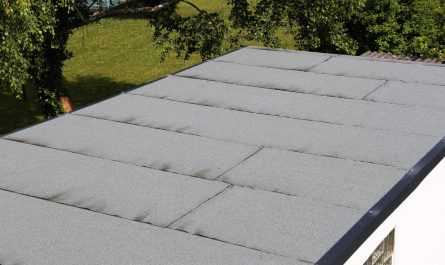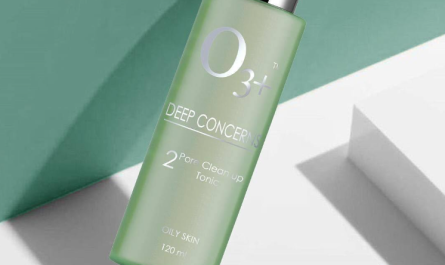Skincare is a crucial aspect of self-care, and knowing how to tackle different blemishes is vital for achieving clear and healthy skin. In this article, we’ll be focusing on two common skin culprits: whiteheads and blackheads. Understanding their differences, their root causes, and the best approaches for dealing with them can pave the way for an effective skincare routine. So, let’s delve into the skincare world and unravel the mysteries of Whitehead removal and blackhead removal!
What are Whiteheads?
Whiteheads, also known as closed comedones, are small, flesh-colored bumps on the skin’s surface. These pesky blemishes form when pores get clogged with oil, dead skin cells, and bacteria. Unlike blackheads, whiteheads have a thin layer of skin covering the clogged pore, preventing oxidation and keeping them white in appearance.
What are Blackheads?
Blackheads, or open comedones, are similar to whiteheads but differ. They also result from clogged pores, but in this case, the pore’s opening remains open, allowing the trapped debris to oxidize and turn dark, giving them their characteristic black appearance.
What Causes Whiteheads and Blackheads?
White and blackheads share common causes, such as excessive oil production, improper skin care, and hormonal fluctuations. When our skin produces more oil than necessary, it can lead to pore blockage and subsequent blemishes. Additionally, improper cleansing and not exfoliating regularly can exacerbate the problem. Hormonal changes can also contribute to their formation, especially during puberty, pregnancy, or menstruation.
Identifying Whiteheads vs. Blackheads
Differentiating between whiteheads and blackheads is relatively simple. Whiteheads appear as small, raised bumps with a whitish or flesh-colored top, while blackheads have a dark or black tip due to the exposed debris. Both can occur on the face, neck, chest, and back.
Dealing with Whiteheads
- Cleanse Gently: Start with a mild, non-abrasive cleanser to remove excess oil and dirt without irritating the skin.
- Exfoliate Regularly: Use a gentle exfoliator with salicylic acid to unclog pores and prevent whitehead formation.
- Moisturize: Keep your skin hydrated with an oil-free, non-comedogenic moisturizer to maintain the skin’s balance.
- Topical Treatments: Look for over-the-counter products containing benzoyl peroxide or retinoids to target whiteheads directly.
Managing Blackheads
- Cleansing Routine: Adopt a consistent cleansing routine to avoid excess oil and dirt.
- Exfoliation is Key: Regular exfoliation with a product containing glycolic acid or alpha hydroxy acid can help prevent blackheads.
- Avoid Squeezing: Refrain from squeezing blackheads, which can lead to skin irritation and infection.
- Seek Professional Help: Consider consulting a dermatologist who can offer targeted treatments for persistent blackheads.
Preventing Whiteheads and Blackheads
- Keep it Clean: Wash your face twice daily after sweating to prevent oil and dirt buildup.
- Choose the Right Products: Opt for non-comedogenic and oil-free skincare products.
- Hands Off: Avoid touching your face; it can transfer bacteria and worsen blemishes.
- Sun Protection: Wear sunscreen daily to shield your skin from harmful UV rays.
Conclusion
By now, you should be well-equipped to distinguish between whiteheads and blackheads and understand how to address and prevent them effectively. Remember to maintain a consistent skincare routine, use suitable products, and be patient, as results may take time. If problems persist, don’t hesitate to seek advice from a skincare professional. Here’s to achieving clear and healthy skin!

